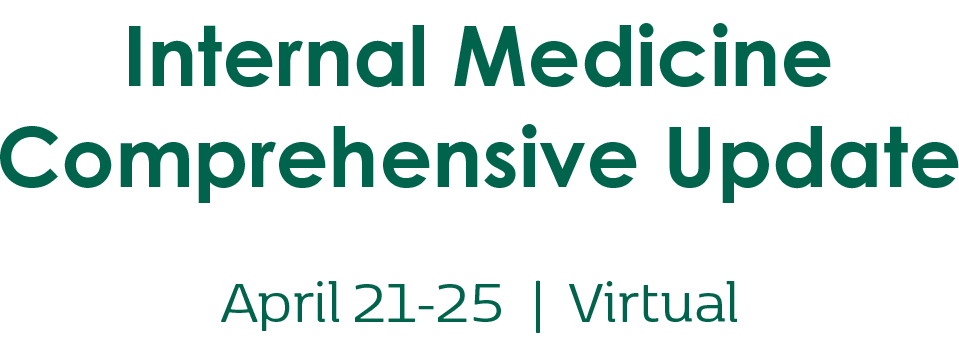
Arrhythmias and Conduction Disorders (2025)
Learning Objectives:
- Recognize and Differentiate Common Arrhythmias Identify the electrocardiographic (ECG) features of common arrhythmias, including atrial fibrillation, supraventricular tachycardia (SVT), ventricular tachycardia (VT), and bradyarrhythmias. Distinguish between benign and life-threatening arrhythmias based on clinical presentation and ECG findings. Understand the role of ambulatory ECG monitoring (Holter or event monitors) for detecting intermittent arrhythmias.
- Implement Evidence-Based Management Strategies Apply acute and chronic treatment strategies for arrhythmias, including rate vs. rhythm control in atrial fibrillation and appropriate use of antiarrhythmic drugs, anticoagulation, and cardioversion. Identify indications for implantable cardioverter-defibrillators (ICDs) and pacemakers in conduction disorders and ventricular arrhythmias. Understand the pharmacology and indications for beta-blockers, calcium channel blockers, adenosine, amiodarone, and antiarrhythmic agents.
- Risk Stratification and Prevention of Complications Assess risk factors for arrhythmias and conduction disorders, including structural heart disease, electrolyte abnormalities, and medication-induced QT prolongation. Determine stroke risk in atrial fibrillation using the CHA₂DS₂-VASc score and select appropriate anticoagulation therapy. Recognize high-risk features that warrant urgent intervention (e.g., syncope, hemodynamic instability, and sustained ventricular arrhythmias).

Robert J. Chilton, DO, MACOI
Professor of Medicine
University of Texas Health Science Center
Professor of Medicine
Director of CAth Lab
Director of Clinical Protonomics
Editor in chief of Catheterization and Cardiovascular Interventions
Outstanding teacher of the year award 2024 Univ of Texas Health Science Center
The faculty member, for this activity, has no relevant relationships with ineligible companies to disclose.
Key:
Webcast
04/24/2025 at 8:45 AM (EDT) | Recorded On: 04/24/2025 | 28 minutes
04/24/2025 at 8:45 AM (EDT) | Recorded On: 04/24/2025 | 28 minutes



